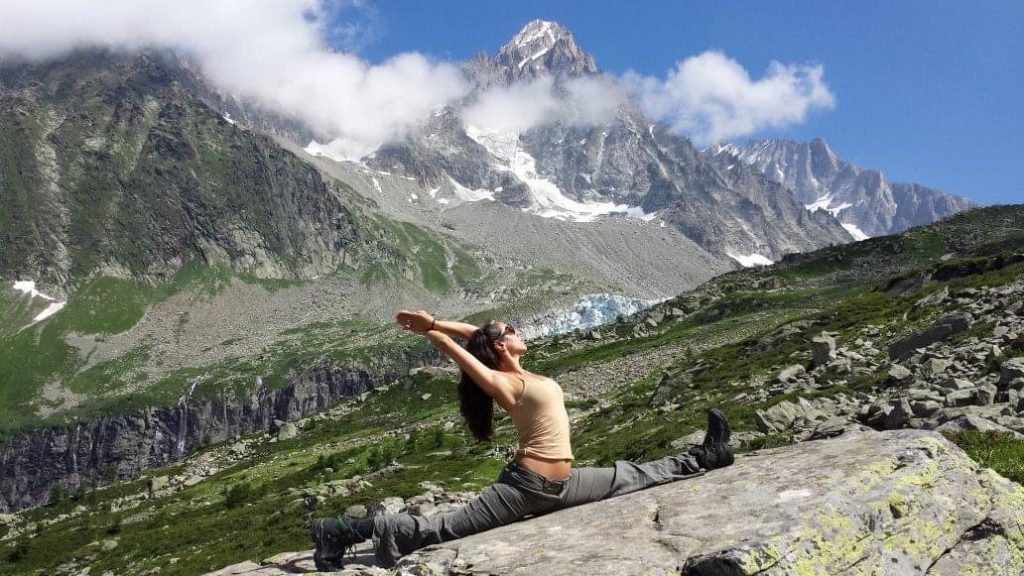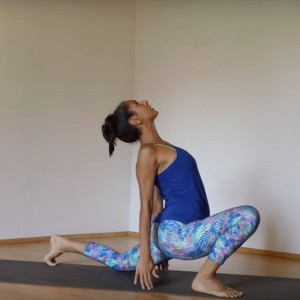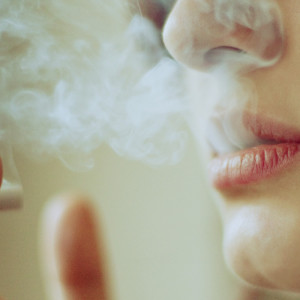There’s Nothing Shallow About Beauty ~Maya Devi Georg
 I had a friend in the fashion industry who often struggled with the reality of his work – the damage it did to women and the environment, as well as the inherent nature of creating art to be consumed, weighed heavily on him. It took a long time for him to find peace with his career and passion, and all it took was for him to understand that there’s nothing shallow about beauty.
I had a friend in the fashion industry who often struggled with the reality of his work – the damage it did to women and the environment, as well as the inherent nature of creating art to be consumed, weighed heavily on him. It took a long time for him to find peace with his career and passion, and all it took was for him to understand that there’s nothing shallow about beauty.
My own father was born into poverty, experienced his childhood through the lens of a world war, a civil war, and a natural disaster that destroyed his home and left him buried in rubble. He worked from age 13 until his death. He saw the ugliness of the world, and at home all he wanted was to be surrounded by beautiful things, art, flowers, lush textiles, things that pleased all his senses.
What is beauty? We can all agree that beauty is subjective; we all have different tastes and preferences. The Romans famously said “De Gustibus Non Est Disputandum” – there is no arguing taste.
However, beauty is also objective. There are certain qualities we can all agree that are pleasing; symmetry, order, but for the most part and what most people consider beautiful are representations of the natural world.
In art landscape and still life paintings seek to capture moments in nature. Textiles often reproduce motifs of leaves, flowers, crystalline geometries, or the ombre shades of twilight or of the sea. Schools of architecture exist to create homes and businesses that appear to be a natural outgrowth of the environment.
Art shows us how the artist sees the world, and what they find beautiful.
But beauty is ultimately about ourselves, finding meaning and our own place in the world. By inspiring intense emotions within us, beauty helps destroy our delusion that we are rationale and logical beings. We can connect to our irrationality and make peace with our insignificance and mortality.
Humans have always found peace and meaning in nature, and psychological studies have shown that our environment impacts both our emotional as well as our physical state. Unpleasant surroundings increase our anxiety and depression, and make us feel powerless. This in turn increases our blood pressure, heart rate, and muscle tension, all while suppressing our immune system.
Pleasant surroundings do the opposite. When we are surrounded by beauty our blood pressure and heart rate drops along with our anxiety and depression. Most of these studies relied on studying people in nature, drawing on the beauty of the living world, forests, mountains, lakes, and gardens.
While concepts of beauty are entirely subjective, we can recreate the healing effect of being in nature by reproducing the beauty found in nature in our own homes.
We need beauty. We need to be surrounded by it, either by spending time in nature, or museums, or in the homes we decorate to create environments that reflect our own definition of what is beautiful.
We can create whatever it is that we find beautiful. And beauty is made more perfect when we imagine and then create it. Life can be so ugly, there is cruelty, selfishness, and neglect. We cannot wait for others to make the world better or more beautiful.
If you aren’t seeing enough beauty in the world around you, make some.
Create a space where you are enveloped in beauty, feed your soul by filling your environment with the nourishment it lacks. You can decorate your home with patterns and images, smells and textures, creating a beauty that envelopes all the senses.
And then you can extend this creativity to the world around you, to help make the world more beautiful. Plant gardens, paint murals, bring beauty to your communities.
There’s nothing shallow about beauty. Beauty heals.



